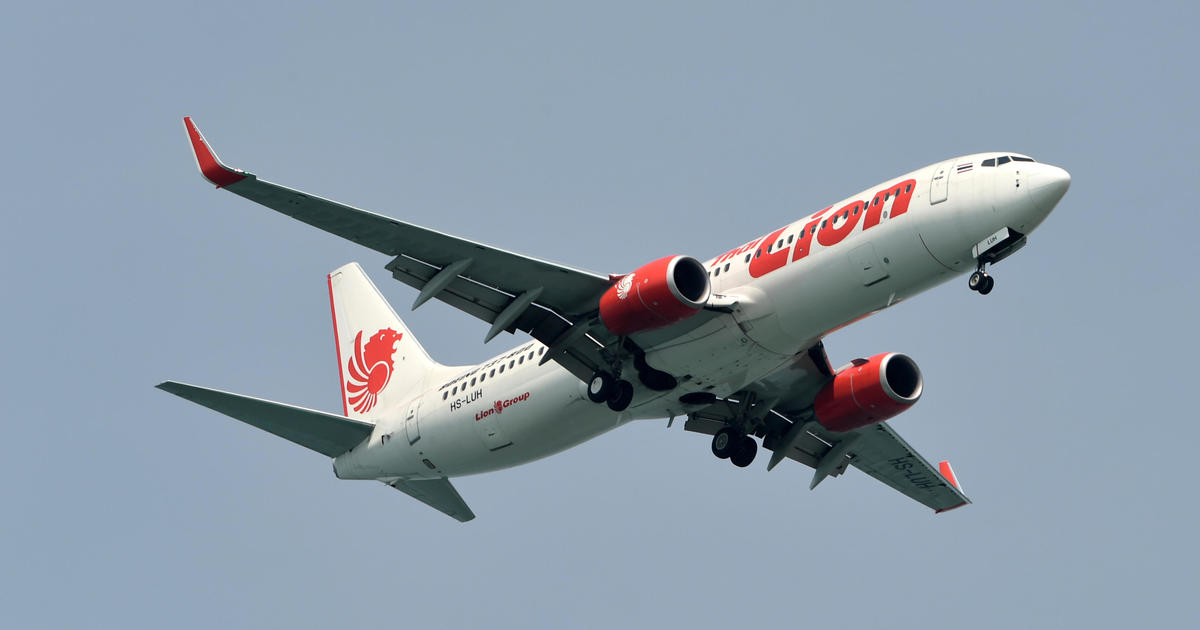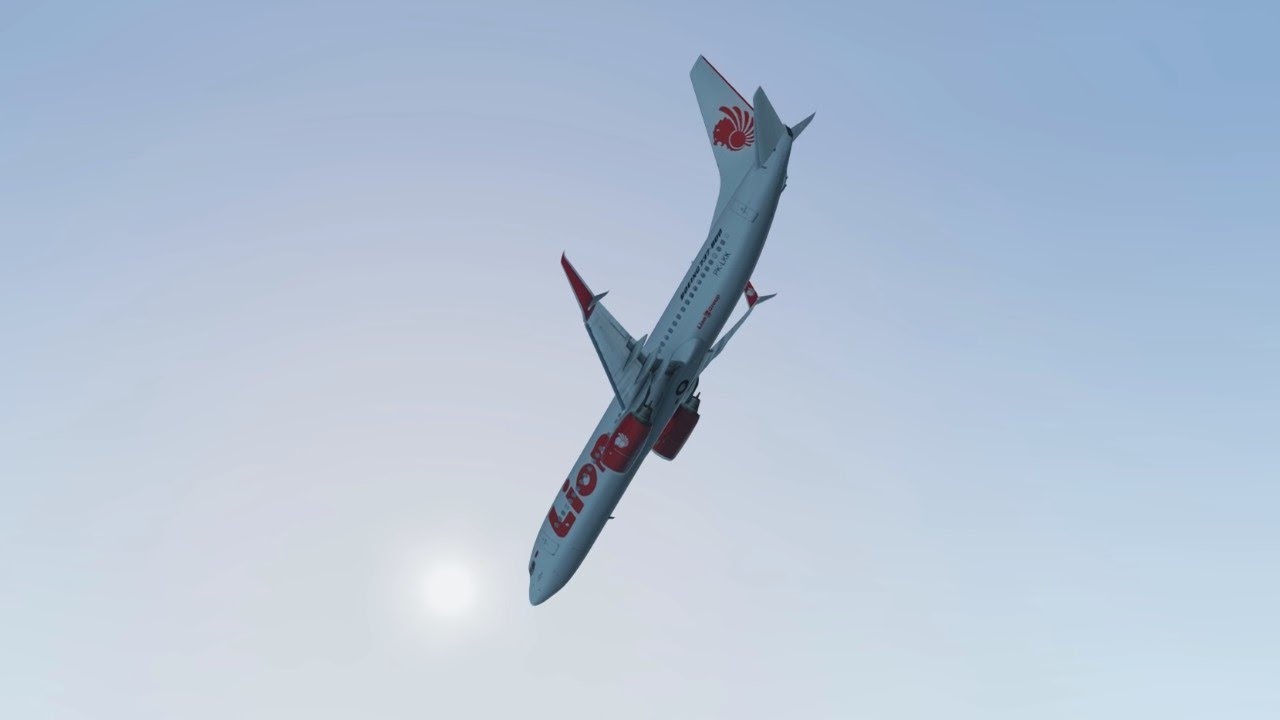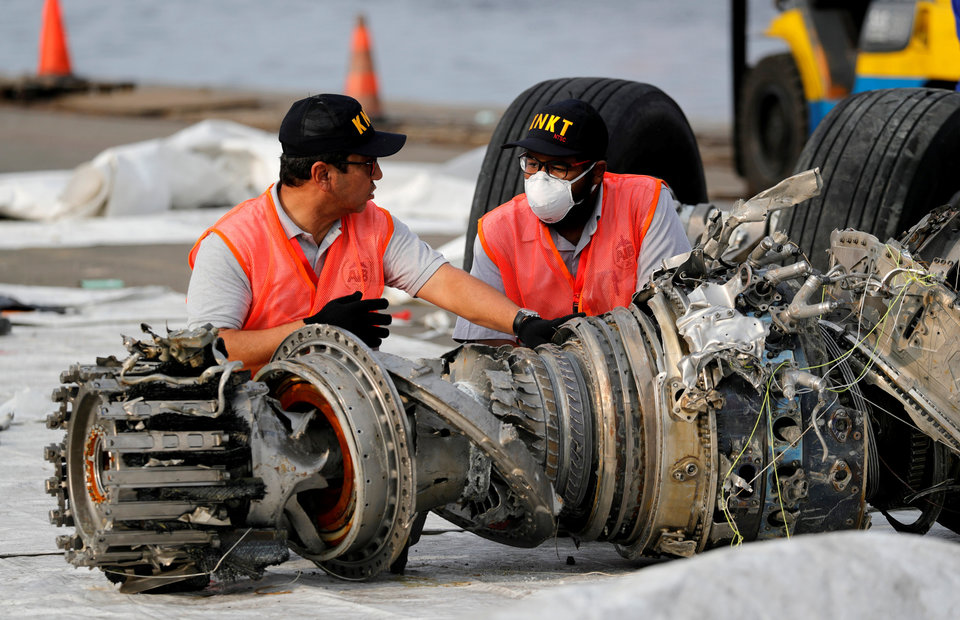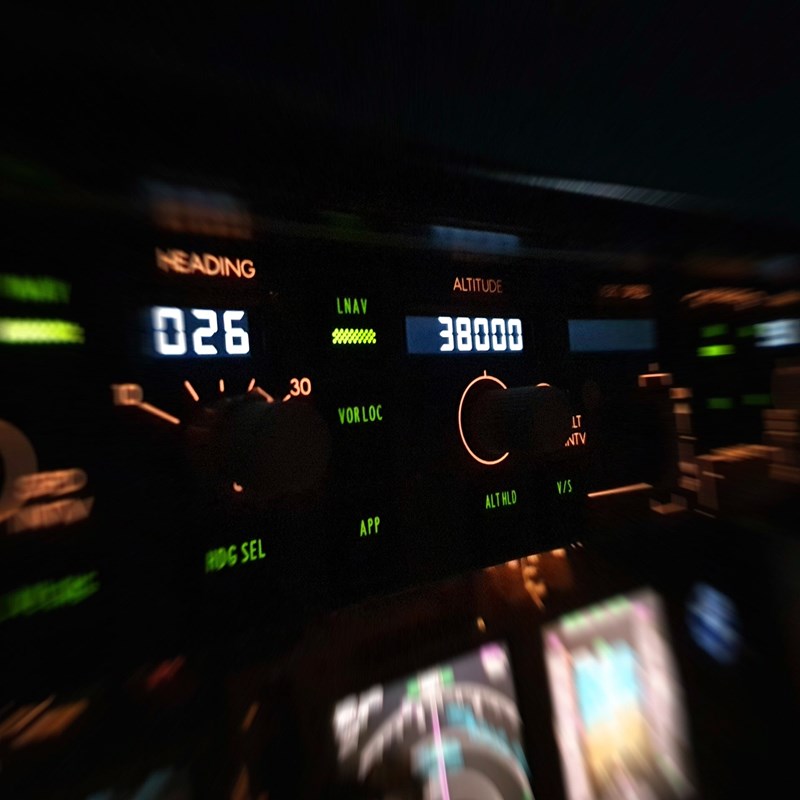29 October 2018- Lion Air 610
Lion Air Flight 610 was a scheduled domestic flight operated by the Indonesian airline Lion Air from Soekarno–Hatta International Airport in Jakarta to Depati Amir Airport in Pangkal Pinang. On 29 October 2018, the Boeing 737 MAX 8 operating the route crashed into the Java Sea 13 minutes after takeoff, killing all 189 passengers and crew.
It was the first major accident involving the new Boeing 737 MAX series aircraft, introduced in 2017, and the deadliest involving a 737, surpassing Air India Express Flight 812 in 2010.
It is the deadliest accident in Lion Air's 18-year history, surpassing the 2004 crash in Surakarta that killed 25, and the second deadliest aircraft accident in Indonesia behind Garuda Indonesia Flight 152.
The Indonesian government deployed a search and rescue operation which found debris early the same morning and recovered human remains from a 150-nautical-mile (280 km) wide area. The first victim was identified two days after the crash. The flight data recorder was located on 1 November and recovered for analysis. One member of the volunteer rescue team died during recovery operations. The cockpit voice recorder was found on 14 January 2019.
Preliminary investigations revealed serious flight control problems that traumatized passengers and crew on the aircraft's previous flight, as well as signs of Angle of attack (AoA) sensor and other instrument failures on that and previous flights, tied to a potential design flaw involving the Maneuvering Characteristics Augmentation System (MCAS) of the 737 MAX series. As a result, the United States Federal Aviation Administration and Boeing issued warnings and training advisories to all operators of the 737 MAX series to avoid letting the MCAS cause an abrupt dive similar to the Lion Air flight.

Previous flight problems
The aircraft was used on a flight from Ngurah Rai International Airport, Bali to Soekarno-Hatta International Airport, Jakarta the night before the crash. Detailed reports from that flight revealed that the aircraft had suffered a serious incident, which left many passengers traumatized. Passengers in the cabin reported heavy shaking and a smell of burnt rubber inside the cabin. At one point, the aircraft had dropped more than 200 feet (61 m) in a few seconds. The seat belt sign was never turned off from takeoff to landing. A recording of air traffic control communications indicated that the pilot had called a "pan-pan". The crew later decided to cancel the pan-pan and continue the flight to Jakarta.
The aircraft's maintenance logbook revealed that the aircraft suffered an unspecified navigation failure on the captain's side, while the First Officer's side was reported to be in good condition.
Passengers recounted that the aircraft had suffered an engine problem and were told not to board it as engineers tried to fix the problem. While the aircraft was en route to Jakarta, it had problems maintaining a constant altitude, with passengers stating that it was like "a roller-coaster ride". The chief executive officer of Lion Air, Edward Sirait, said the aircraft had a "technical issue" on Sunday night, but this had been addressed in accordance with maintenance manuals issued by the manufacturer. Engineers had declared that the aircraft was ready for takeoff on the morning of the accident. A later report claimed that a third pilot was on the flight to Jakarta and told the crew to cut power to the stabilizer trim motors which fixed the problem. This method is a standard memory item in the 737 checklist. Subsequently, the National Transportation Safety Committee confirmed the presence of an off-duty Boeing 737 MAX 8 qualified pilot in the cockpit but did not confirm the role of the pilot in fixing the problem, and denied that there was any recording of the previous flight in the CVR of Lion Air Flight 610.
History of the Flight
On 29 October 2018, a Boeing 737-8 (MAX) aircraft registered PK-LQP was being operated by PT. Lion Mentari Airlines (Lion Air) as a scheduled passenger flight from Soekarno-Hatta International Airport (WIII), Jakarta1 with intended destination of Depati Amir Airport (WIPK), Pangkal Pinang2 . The scheduled time of departure from Jakarta was 0545 LT (2245 UTC3 on 28 October 2018) as LNI610.
At 2320 UTC, the aircraft departed from Jakarta using runway 25L and intended cruising altitude was 27,000 feet. The LNI610 pilot was instructed to follow the Standard Instrument Departure (SID) of ABASA 1C4.
According to the weight and balance sheet, on board the aircraft were two pilots, five flight attendants and 181 passengers consisted of 178 adult, one child and two infants. The voyage report5 showed that the number of flight attendant on board was six flight attendants.
The Digital Flight Data Recorder (DFDR) recorded a difference between left and right Angle of Attack (AoA)6 of about 20° and continued until the end of recording. During rotation the left control column stick shaker7 activated and continued for most of the flight. Shortly after departure, the Jakarta Tower controller instructed LNI610 to contact Terminal East (TE) controller.

>>> Download HERE the full Preliminary Accident Report
Below is a summary of the ATC & DFDR transcript while we await publication of the CVR transcript:
At 23:21:22 UTC, the LNI60 SIC made initial contact with the TE controller who responded that the aircraft was identified on the controller Aircraft Situational Display/ASD (radar display). Thereafter, the TE controller instructed the LNI610 to climb to altitude 27,000 feet.
At 23:21:28 UTC, the LNI610 SIC asked the TE controller to confirm the altitude of the aircraft as shown on the TE controller radar display. The TE controller responded that the aircraft altitude was 900 feet and was acknowledged by the LNI610 Second in Command (SIC).
At 23:21:53 UTC, the LNI610 SIC requested approval to the TE controller “to some holding point”. The TE controller asked the LNI610 the problem of the aircraft and the pilot responded “flight control problem”. The LNI610 descended from altitude 1,700 to 1,600 feet and the TE controller then asked the LNI610 of the intended altitude. The LNI610 SIC advised the TE controller that the intended altitude was 5,000 feet.
At 23:22:05 UTC, the DFDR recorded the aircraft altitude was approximately 2,150 feet and the flaps were retracted. After the flaps reached 0, the DFDR recorded automatic aircraft nose down (AND) trim active for 10 seconds followed by flight crew commanded aircraft nose up (ANU) trim.
At 23:22:31 UTC, the TE controller instructed the LNI610 to climb and maintain altitude of 5,000 feet and to turn left heading 050°. The instruction was acknowledged by the LNI610 SIC.
At 23:22:48 UTC, the flaps extended to 5 and the automatic AND trim stopped. At 23:22:56 UTC, the LNI610 SIC asked the TE controller the speed as indicated on the radar display. The TE controller responded to the LNI610 that the ground speed of the aircraft shown on the radar display was 322 knots.
At 23:24:51 UTC, the TE controller added “FLIGHT CONT TROB” text for LNI610 target label on the controller radar system as reminder that the flight was experiencing flight control problem.
At 23:25:05 UTC, the TE controller instructed the LNI610 to turn left heading 350° and maintain altitude of 5,000 feet. The instruction was acknowledged by the LNI610 SIC.
At 23:25:18 UTC, the flaps retracted to 0.
At 23:25:27 UTC, the automatic AND trim and flight crew commanded ANU trim recorded began again and continued for the remainder of the flight.
At 23:26:32 UTC, the TE controller instructed the LNI610 to turn right heading 050° and maintain altitude of 5,000 feet. The instruction was acknowledged by the LNI610 SIC.
At 23:26:59 UTC, the TE controller instructed the LNI610 to turn right heading 070° to avoid traffic. The LNI610 pilot did not respond to the TE controller‟s instruction, thereafter, the controller called the LNI610 twice who responded at 23:27:13 UTC.
At 23:27:15 UTC, the TE controller instructed the LNI610 to turn right heading 090° which was acknowledged by the LNI610 SIC. A few second later, the TE controller revised the instruction to stop the turn and fly heading 070° which was acknowledged by the LNI610 SIC.
At 23:28:15 UTC, the TE controller provided traffic information to the LNI610 who responded “ZERO”. About 14 seconds later, the TE controller instructed the LNI610 to turn left heading 050° and maintain an altitude of 5,000 feet. The instruction was acknowledged by the LNI610 SIC.
At 23:29:37 UTC, the TE controller questioned the LNI610 whether the aircraft was descending as the TE controller noticed that the aircraft was descending. The LNI610 SIC advised the TE controller that they had a flight control problem and were flying the aircraft manually.
At 23:29:45 UTC, the TE controller instructed the LNI610 to maintain heading 050° and contact the Arrival (ARR) controller. The instruction was acknowledged by the LNI610 SIC.
At 23:30:03 UTC, the LNI610 contacted the ARR controller and advised that they were experiencing a flight control problem. The ARR controller advised LNI610 to prepare for landing on runway 25L and instructed them to fly heading 070°. The instruction was read back by the LNI610 SIC.
At 23:30:58 UTC, the LNI610 SIC stated “LNI650 due to weather request proceed to ESALA8” which was approved by the ARR controller.
At 23:31:09 UTC, the LNI610 PIC advised the ARR controller that the altitude of the aircraft could not be determined due to all aircraft instruments indicating different altitudes. The pilot used the call sign of LNI650 during the communication. The ARR controller acknowledged then stated “LNI610 no restriction”.
At 23:31:23 UTC, the LNI610 PIC requested the ARR controller to block altitude 3,000 feet above and below for traffic avoidance. The ARR controller asked what altitude the pilot wanted.
At 23:31:35 UTC, the LNI610 PIC responded “five thou”. The ARR controller approved the pilot request.
At 23:31:54 UTC, the FDR stopped recording. The ARR controller attempted to contact LNI610 twice with no response.
At 23:32:19 UTC, the LNI610 target disappeared from the ASD and changed to flight plan track. The ARR controller and TE controller attempted to contact LNI610 four more times with no response. The ARR controller then checked the last known coordinates of LNI610 and instructed the assistant to report the occurrence to the operations manager. The ARR controller requested several aircraft to hold over the last known position of LNI610 and to conduct a visual search of the area.
About 0005 UTC (0705 LT), tug boat personnel found floating debris at 5°48'56.04"S; 107° 7'23.04"E which was about 33 Nm from Jakarta on bearing 56°. The debris was later identified as LNI610.


